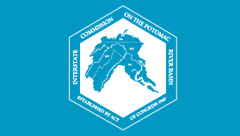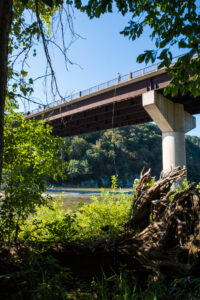Considerations for Benthic Harmful Algal Bloom Detection and Monitoring in Virginia Free-flowing Freshwater Rivers (Version 1)
The Commonwealth of Virginia currently does not have an active Harmful Algal Bloom (HAB) surveillance program for benthic algae. Rather, it has a response-based program triggered by reports of suspected benthic HABs from the public and/or field observations made by state agency staff. The Virginia Department of Health (VDH) coordinates the Commonwealth’s responses to suspected benthic HAB events. Virginia Department of Environmental Quality (DEQ) normally conducts the initial response to any potential HAB, which may include visits to the HAB site for visual observations and collection of water column samples above or near the benthic algal mats. DEQ does not collect algal material from solid mats, benthic or floating, and has limited resources to commit beyond the initial response investigation of reported potential HABs. VDH is charged with the responsibility to weigh the available evidence and determine whether there is sufficient information to issue an advisory or alert notifying the public of possible risk due to the presence of harmful algae.
Advisories may be issued based on confirmed, quantitative data such as an exceedance of a toxin threshold measured in the water column. Alerts may be based, partially or fully, on qualitative information such as the widespread presence, or suspected presence, and extent of solid floating/benthic mats or scums. The subsequent benthic HAB response monitoring program must therefore consider protocols to be implemented in both circumstances, i.e., an advisory based on confirmed, quantitative measurements versus a qualitative “abundance of caution” alert informing the public of a possible health risk.
This project report describes systematic protocols that could be implemented if an advisory or alert is issued by VDH for a benthic HAB event. The report identifies the information needed to issue an advisory or alert, the recommended actions, an effective schedule of activities, and the resources needed to characterize the nature and extent of the HAB and implement the protocols. The suggested monitoring program considers the conditions and information that led to the HAB advisory or alert. The report describes how decision-makers are informed of the health risks associated with recreational swimming, fishing, and other water contact activities.


